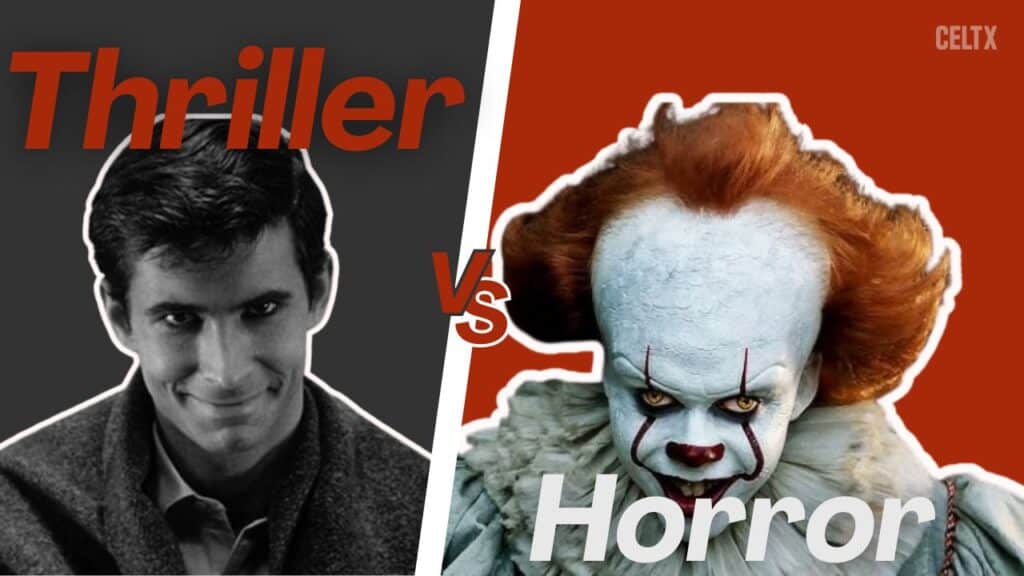
Pop quiz time: What do The Exorcist and Se7en have in common?
At first glance, you might say ‘fear’. Both films make you squirm in your seat, keep you awake at night, and send you reaching for the light switch when you hear a creak in the hallway. But if you dig deeper, they’re doing very different things.
The Exorcist wants to terrify you. Make your stomach drop, your pulse spike, and maybe even haunt you long after the credits roll. Se7en on the other hand, plays a slower, more cerebral game. It wants to wrap you up in dread and anxiety, keeping you guessing until the final gut punch.
That distinction (terror vs. tension) is the core difference between horror and thriller. And if you’re a writer plotting your next scary story, knowing where your tale sits on that spectrum can make all the difference.
So, what makes horror horrifying and thrillers thrilling? We’re breaking it down today in the ultimate spooky battle: Horror vs. Thriller Films.
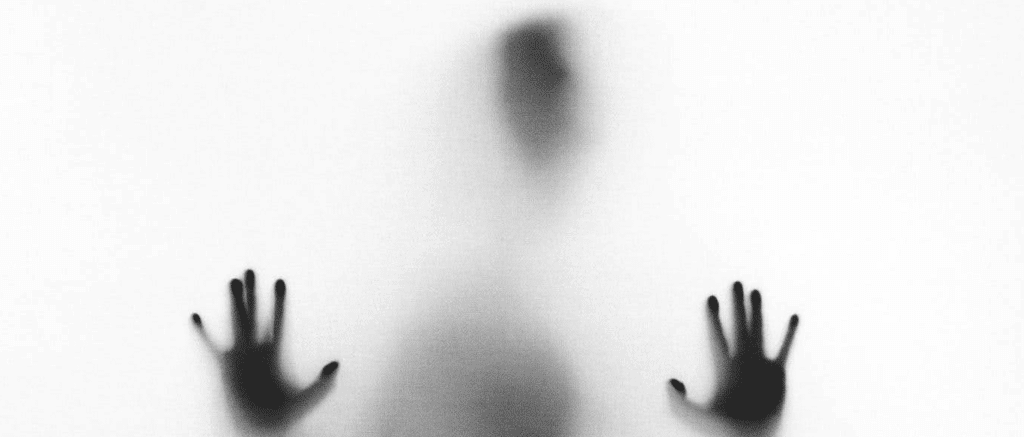
Table of Contents
- Horror: The Goal is to Terrify
- Thriller: The Goal is to Create Suspense
- Key Differences at a Glance
- Film Examples: Seeing the Genres in Action
- The Hybrid: When Horror and Thriller Collide
- How Celtx Helps You Write Horrors & Thrillers
- FAQs
- Conclusion
Horror: The Goal is to Terrify
At its heart, horror is designed to scare. That’s its primary job. You don’t watch The Conjuring or Halloween because you want to solve a puzzle; you watch because you want that adrenaline rush, the familiar tropes, that goosebump-raising jolt when something bursts out of the shadows.
Horror leans heavily on fear through shock, gore, and the unknown. Think:
- A masked killer with a knife who refuses to die.
- A supernatural entity that breaks the laws of nature.
- Blood, screams, and things that go bump in the night.
In horror, characters are often reactive. They’re thrown into an extreme situation and forced to survive, sometimes barely. They’re not usually in control; the world is hostile, and the monster (whatever form it takes) is relentless.
“The horror genre is an extremely delicate thing. You can talk to filmmakers and even psychologists who’ve studied the genre, and even they don’t understand what works or what doesn’t work. More importantly, they don’t understand why it works when it works.” – Stephen King
Horror is like a rollercoaster. You strap in, knowing you’ll be scared out of your mind, and that’s the point.
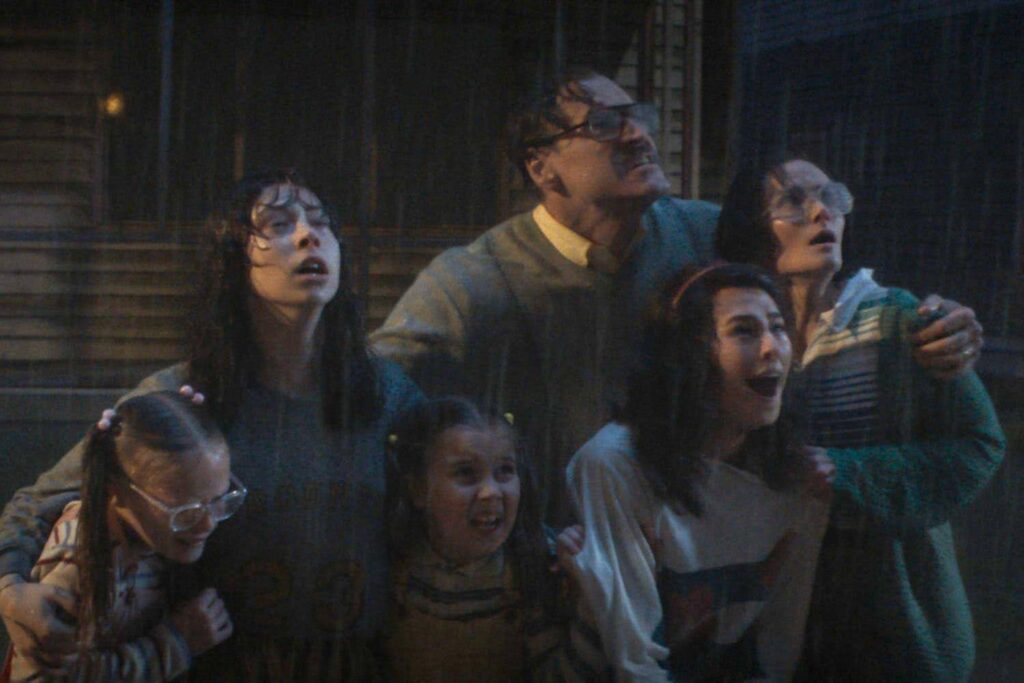
For examples of the best horror movies around, check out this article from IndieWire.
Thriller: The Goal is to Create Suspense
On the flipside of the coin, is the thriller. By contrast, the thriller is about suspense, tension, and the slow tightening of the noose.
You don’t watch Se7en for cheap jump scares. You watch because the slow, methodical investigation into a sadistic killer makes your skin crawl. The fear doesn’t come from gore alone (though it’s not shy about shocking you); it comes from the creeping realization that the killer is always one step ahead, pulling the detectives deeper into his game.
“I am, after all, a thriller writer. I routinely delve into the darkest chambers of the human heart. I’ve written about murder, kidnapping, depravity, horror, violence, and disfigurement.” – Harlan Coben
Thrillers are often problem-solving stories. The protagonist is trying to crack a code, uncover a truth, or outwit an opponent. Unlike horror characters who just want to survive, thriller characters are proactive. They’re detectives, spies, or everyday people caught in extraordinary circumstances, trying to outmaneuver danger.
If horror is a rollercoaster, thriller is more like a high-stakes chess match where every move could be your last.
IndieWire also has a countdown of the best thrillers of 2025 here.
Key Differences at a Glance
So how do horrors and thrillers stack up side by side? Here’s a handy breakdown:
| Element | Horror | Thriller |
| Pacing | Fast, with shocks and jump scares | Slow burn, building dread and tension |
| Protagonist’s Goal | Survive the threat | Solve the problem or stop the villain |
| The ‘Monster’ | Often supernatural, monstrous, or inhuman. | Often human but psychologically menacing. |
| Tone | Visceral, terrifying, chaotic. | Cerebral, tense, calculated. |
| Audience Reaction | Fear, disgust, shock. | Anxiety, anticipation, unease. |
Film Examples: Seeing the Genres in Action
Nothing clarifies a concept like looking at the movies themselves. Let’s compare some classics side-by-side.
Psycho (Thriller) vs. Halloween (Horror)
Psycho is Hitchcock’s masterpiece of suspense. The infamous shower scene may look like horror on the surface, but the film is more interested in Norman Bates’ psychology, the unravelling of secrets, and the build-up of dread.
Halloween on the other hand defined the slasher subgenre. Michael Myers isn’t a puzzle to solve but an unstoppable force. The fear comes from the violence itself and the feeling that nowhere is safe.
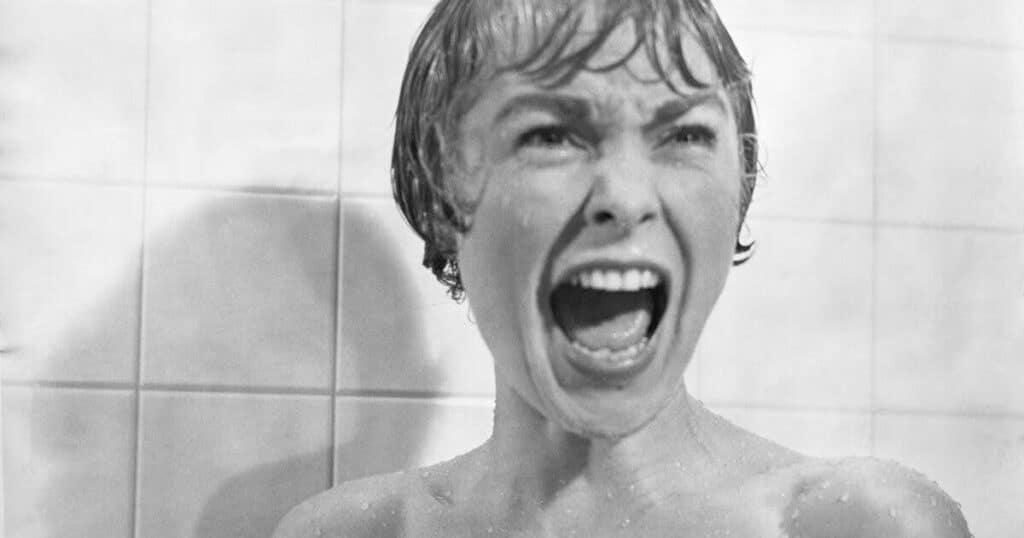
Get Out (Thriller) vs. Hereditary (Horror)
Get Out uses social commentary to create tension. The dread builds as Chris realizes the sinister truth behind his girlfriend’s family. The scares are psychological; the horror rooted in human behavior.
Hereditary is pure, bone-chilling horror. From the gut-wrenching tragedy early in the demonic final act, it’s a descent into madness that leaves viewers shaken.

Se7en (Thriller) vs. The Conjuring (Horror)
Se7en is a dark procedural thriller. Detectives Mills and Somerset hunt a serial killer who uses the seven deadly sins as inspiration for his crimes. The tension comes from the relentless investigation, the looming sense of dread, and the shocking conclusion.
The Conjuring is all about supernatural scares; possessions, ghosts, and things you can’t fight with reason. It leans on classic horror techniques to terrify audiences.
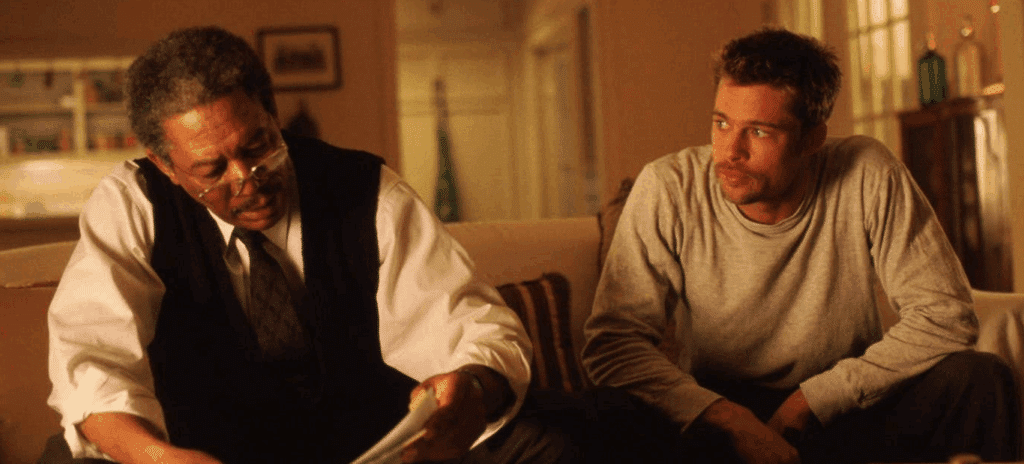
Cape Fear (Thriller) vs. It (Horror)
Cape Fear is all about psychological intimidation. Max Cady stalks a family with chilling persistence, and the suspense comes from his manipulative, calculated moves.
It throws a supernatural shapeshifter at its child protagonists. Pennywise doesn’t just menace them, but embodies their deepest fears, blending shock and gore with nightmare imagery.
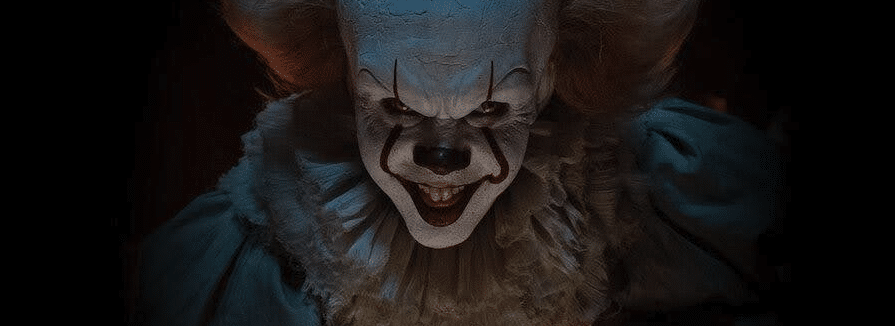
Prisoners (Thriller) vs. The Texas Chainsaw Massacre (Horror)
Prisoners builds dread as two families and a detective search for missing children. The slow-burn tension, moral gray areas, and grim realism are pure thriller DNA.
The Texas Chainsaw Massacre is visceral horror at its rawest. It traps characters in a sadistic environment where the only goal is survival.
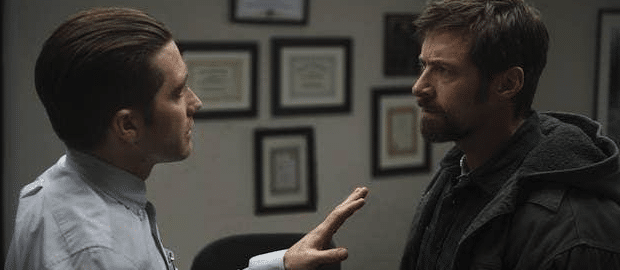
Zodiac (Thriller) vs. The Ring (Horror)
Zodiac focuses on the methodical, frustrating hunt for the infamous Zodiac killer. It’s unsettling not because of gore but because of how obsessively real the investigation feels.
The Ring terrifies with supernatural inevitability: watch the cursed tape, and you die in seven days. The fear is immediate, inescapable, and laced with creepy imagery.
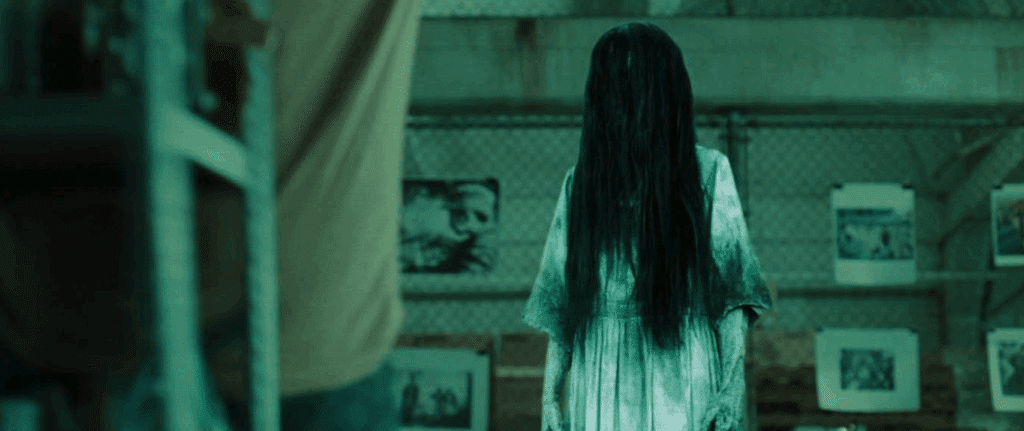
Shutter Island (Thriller) vs. Paranormal Activity (Horror)
Shutter Island is a psychological thriller, steeped in paranoia and uncertainty. The tension comes from questioning what’s real and what’s imagined.
Paranormal Activity leans into minimalist horror. The slow-burn found-footage style delivers jolts through unseen forces and sudden, terrifying intrusions.
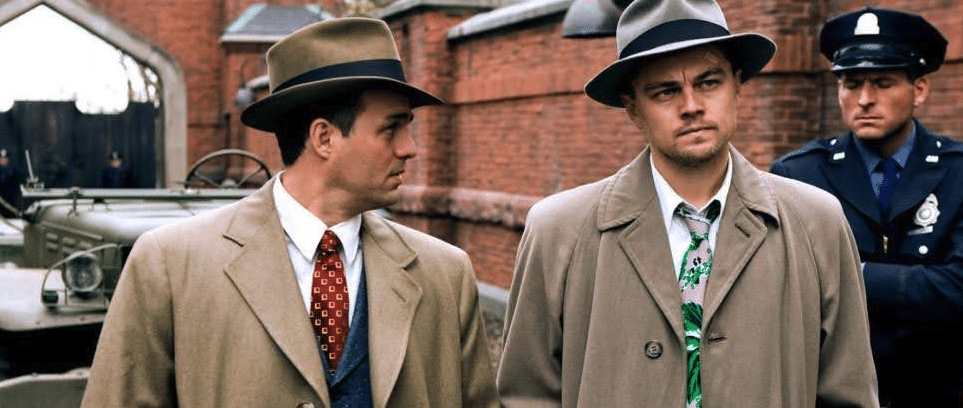
The Hybrid: When Horror and Thriller Collide
Of course, genres aren’t neat boxes and are more like overlapping circles. Some of the best films live in that hybrid space, borrowing elements from both horror and thriller.
Take Jaws (1975). Is it horror? The monstrous shark terrorizes a beach town, and people are literally eaten alive. But it’s also thriller: Chief Brody is determined to solve the problem and eliminate the threat.
Or A Quiet Place (2018). It’s got the terrifying monsters of horror, but it’s also about strategy, planning, and the nail-biting suspense of survival. It’s classic thriller territory.
Hybrids essentially keep audiences guessing because they pull from both toolkits: the gut level scares of horror and the intellectual tension of thrillers.
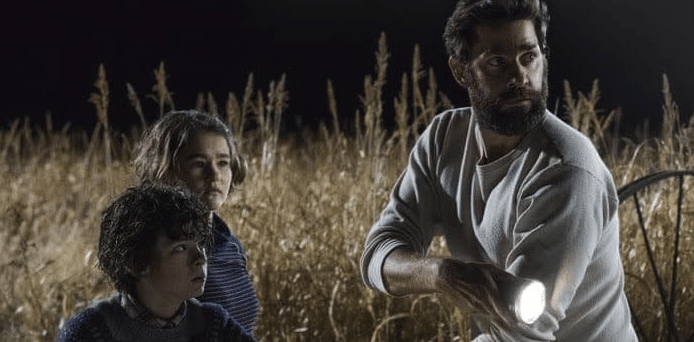
Write scripts that keep your audience on the edge of their seat. Start for free today.
How Celtx Helps You Write Horror and Thrillers
Whether you’re plotting a bone-chilling thriller or a nail-biting thriller, the writing process has a lot in common: you need sharp pacing, believable characters, and a story world that pulls the audience in.
That’s easier said than done, we know! Especially when you’re juggling multiple drafts, scenes, and character arcs. That’s where Celtx comes in.
Our production suite is not just a word processor. It’s a full pre-production studio right here in your browser. For scary stories in particular, our tools shine because:
Character Development
Build out detailed character profiles. Who’s your ‘final girl’? Who’s your unreliable detective? Celtx keeps all those traits organized in one place.
Scene Breakdown
Thrillers often rely on slow builds and clever reveals, while horror needs precision timing for scares. Celtx’s scene tools help you pace each beat just right.
Storyboarding and Beat Sheets
Map out when to drop a jump scare, when to reveal a clue, or when to unleash your monster with our beat sheet and storyboarding tools.

Collaboration Tools
Horror and thriller films thrive on creative collaboration: writers, directors, and producers working in sync. Celtx lets your whole team stay connected in real time.
The bottom line? Celtx gives you the structure so your creativity can run wild. You bring the terror or tension, Celtx helps you shape it into a story that works on screen.
FAQs
Absolutely. Many films blur the line, like Se7en, Jaws, or The Sixth Sense. These movies may terrify you while also making you piece together a mystery.
Not necessarily. Thrillers can be just as terrifying, but in a different way. Instead of a monster leaping out of the shadows, thrillers scare you with possibilities, paranoia, and psychological games.
Nope. Many horrors like The Texas Chainsaw Massacre feature human killers. But the feel of horror comes from the way the violence and terror are presented: raw, shocking, and relentless.
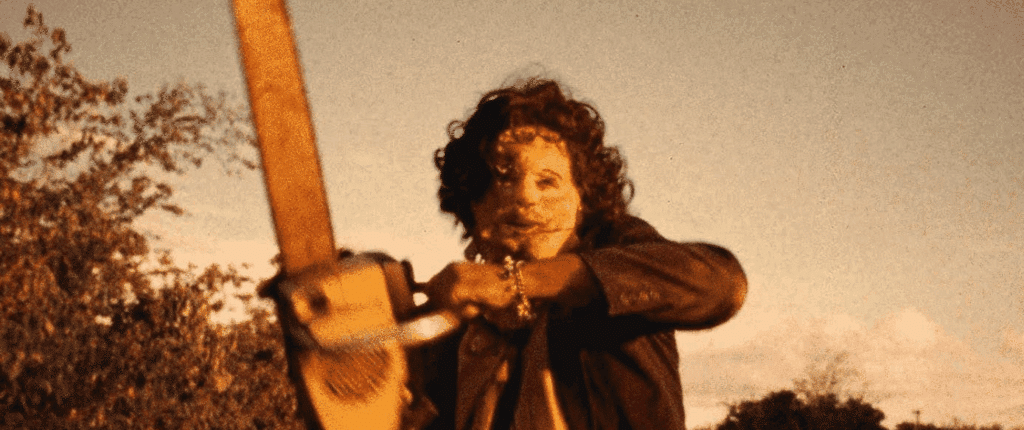
Conclusion
If you’re a writer, understanding the difference between horror and thriller isn’t just academic: it’s practical.
If your goal is to make readers’ hearts race and their stomachs churn, lean into horror. If you want them on the edge of their seat, gnawing their nails as they wait for the next revelation, aim for thriller.
Want to learn more about how to write both horror and thriller. Then these blog posts are ready and waiting:
How to Write a Thriller Movie Script
How to Write a Horror Movie Script
And for even more tips, check out these videos from the Writers Guild Foundation:
And if you’re ambitious? Play in the middle ground and mix both horror and thriller.
Good luck!
Ready to start crafting your own terrifying tale or suspenseful thriller?
Sign up for Celtx today.
Up Next:

The Horror Tropes We Love, and the Ones We Need to Bury
Once you know the difference between horror and thriller, it’s time to dig into the details. Explore classic horror tropes and how to use them in your own script.
